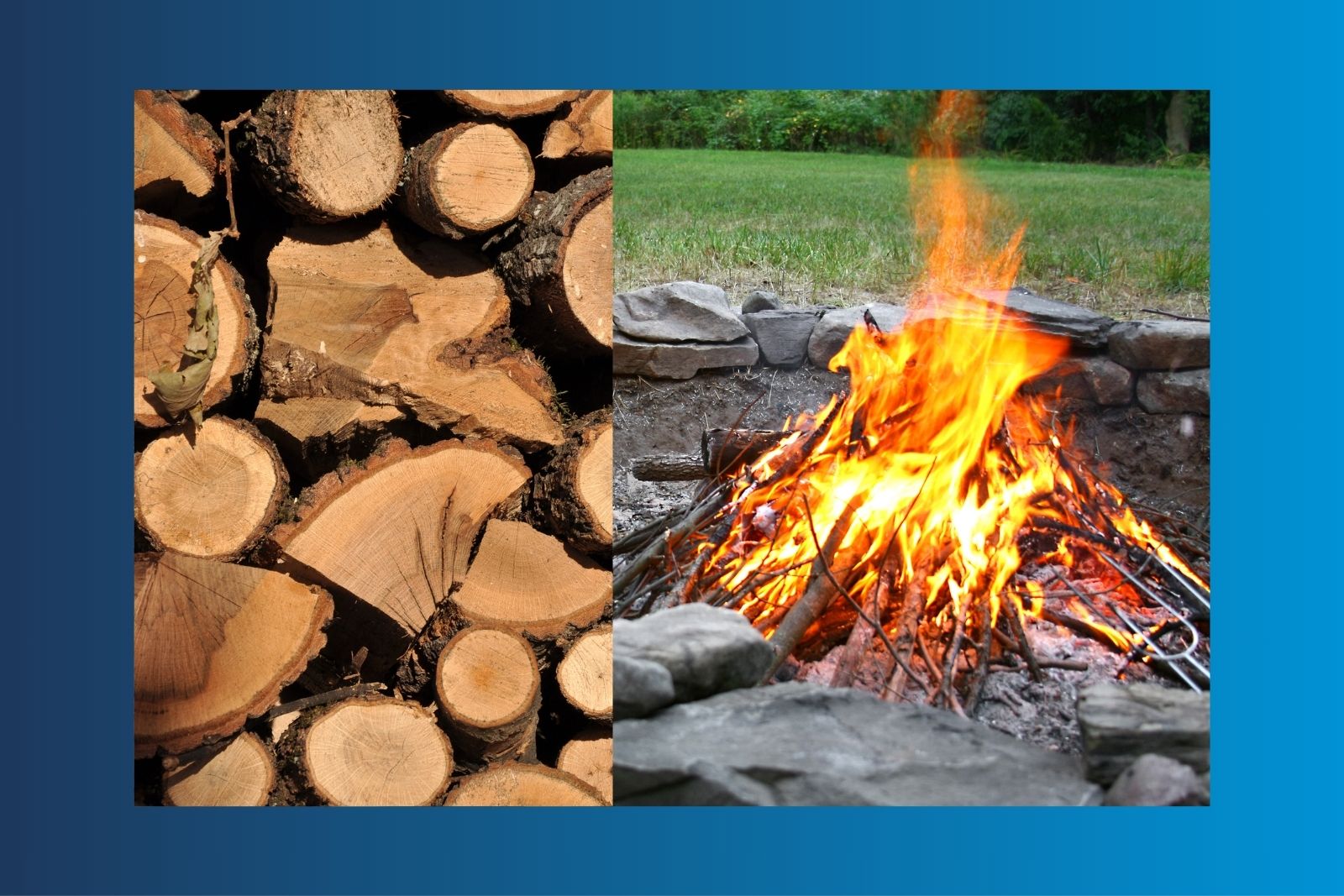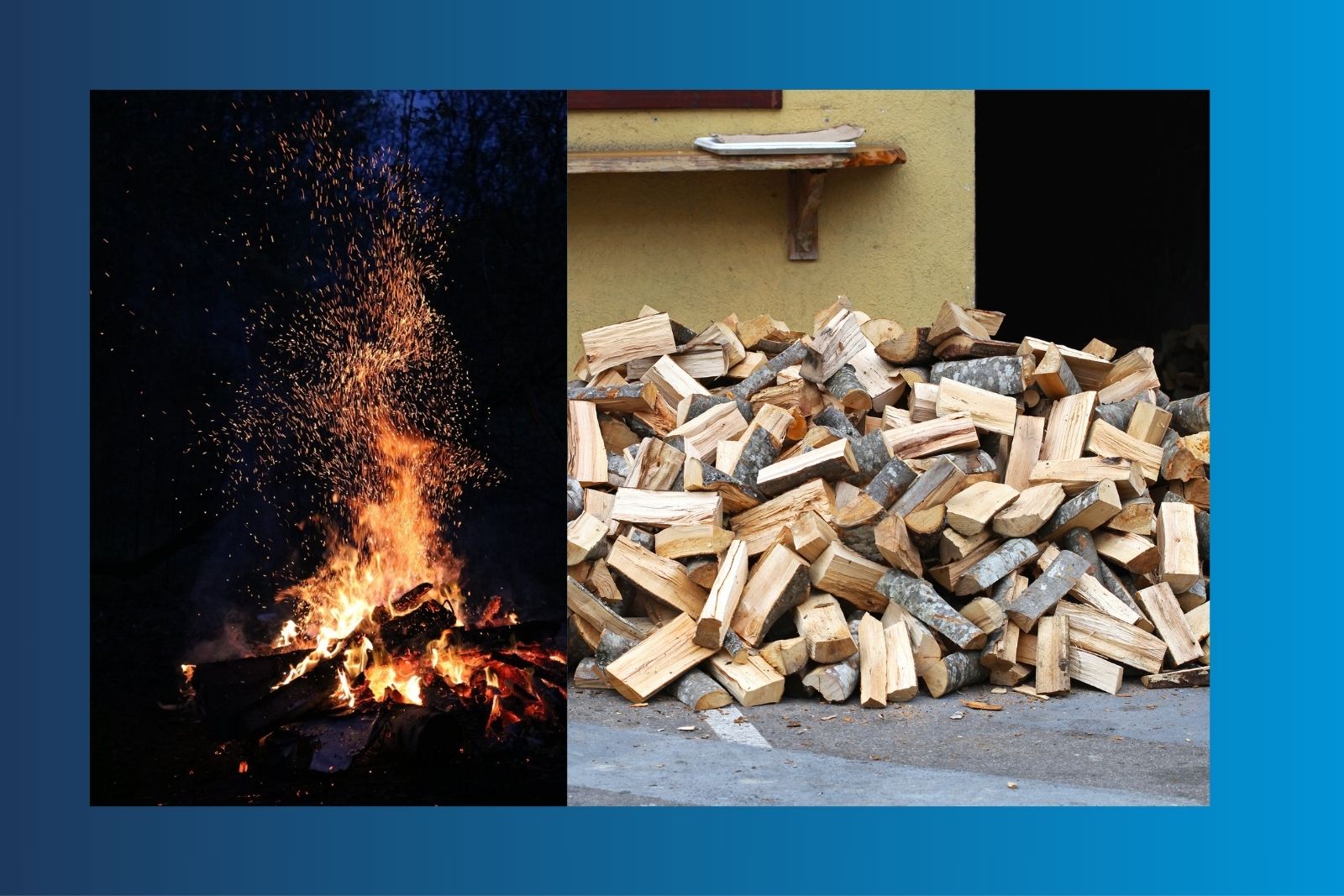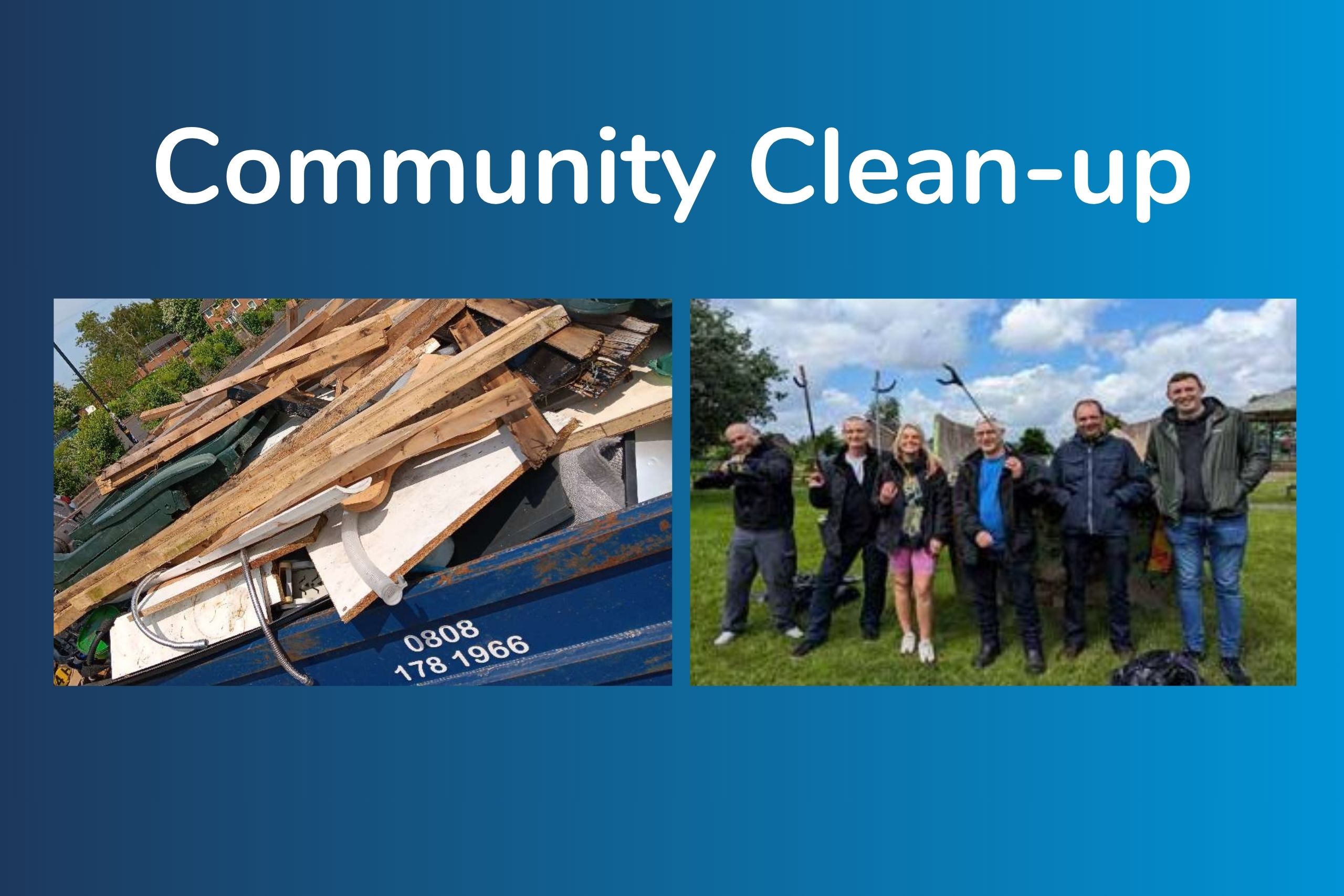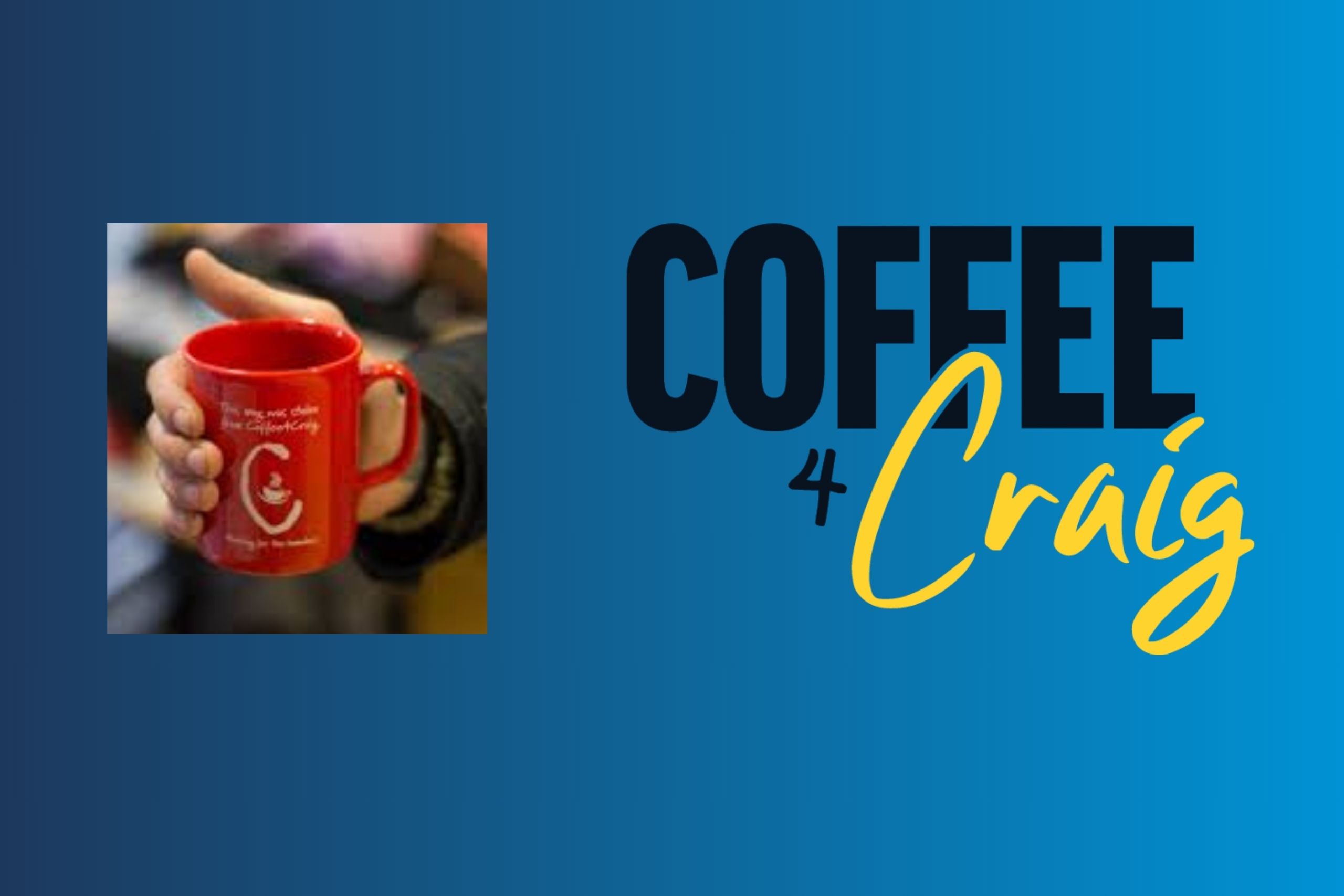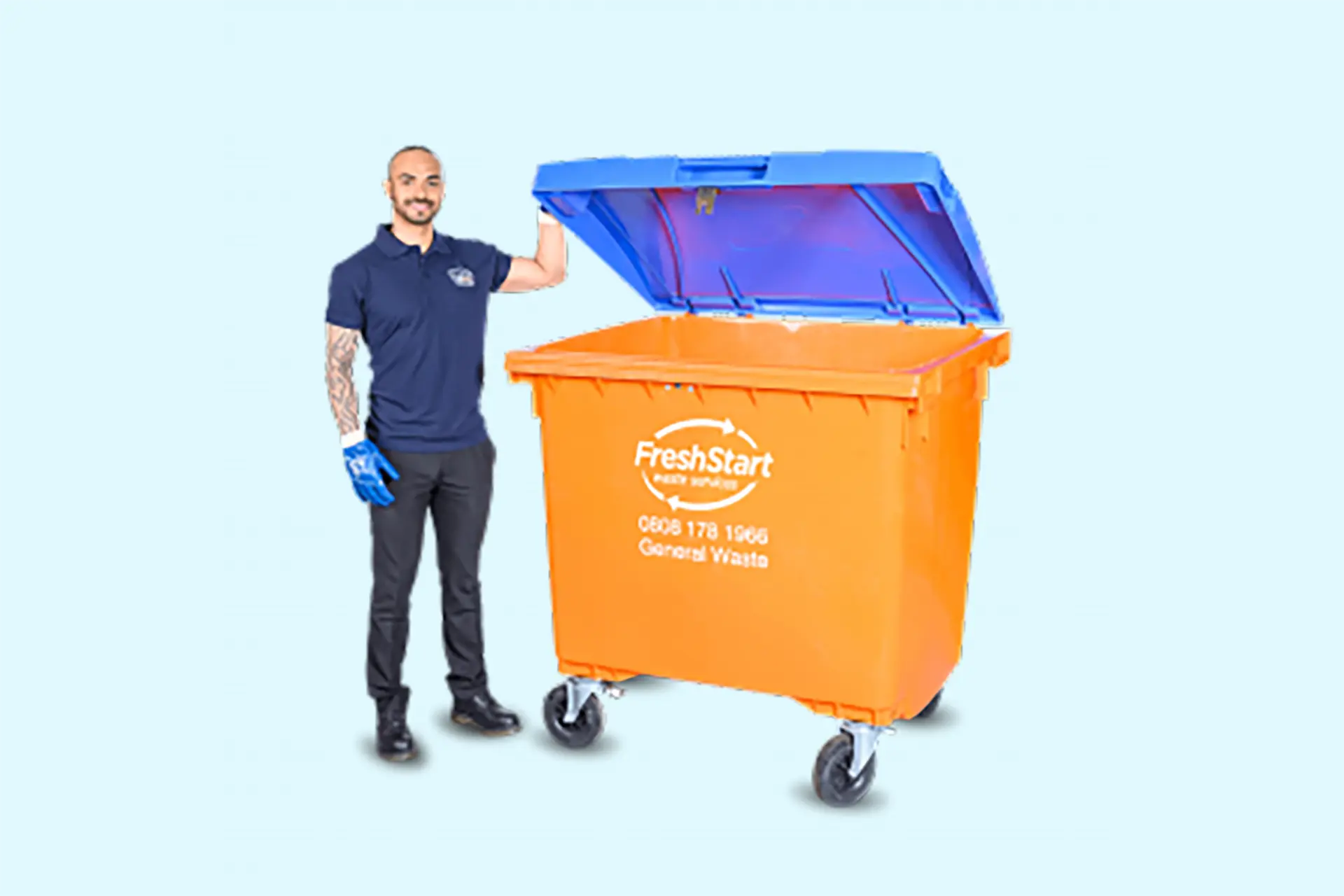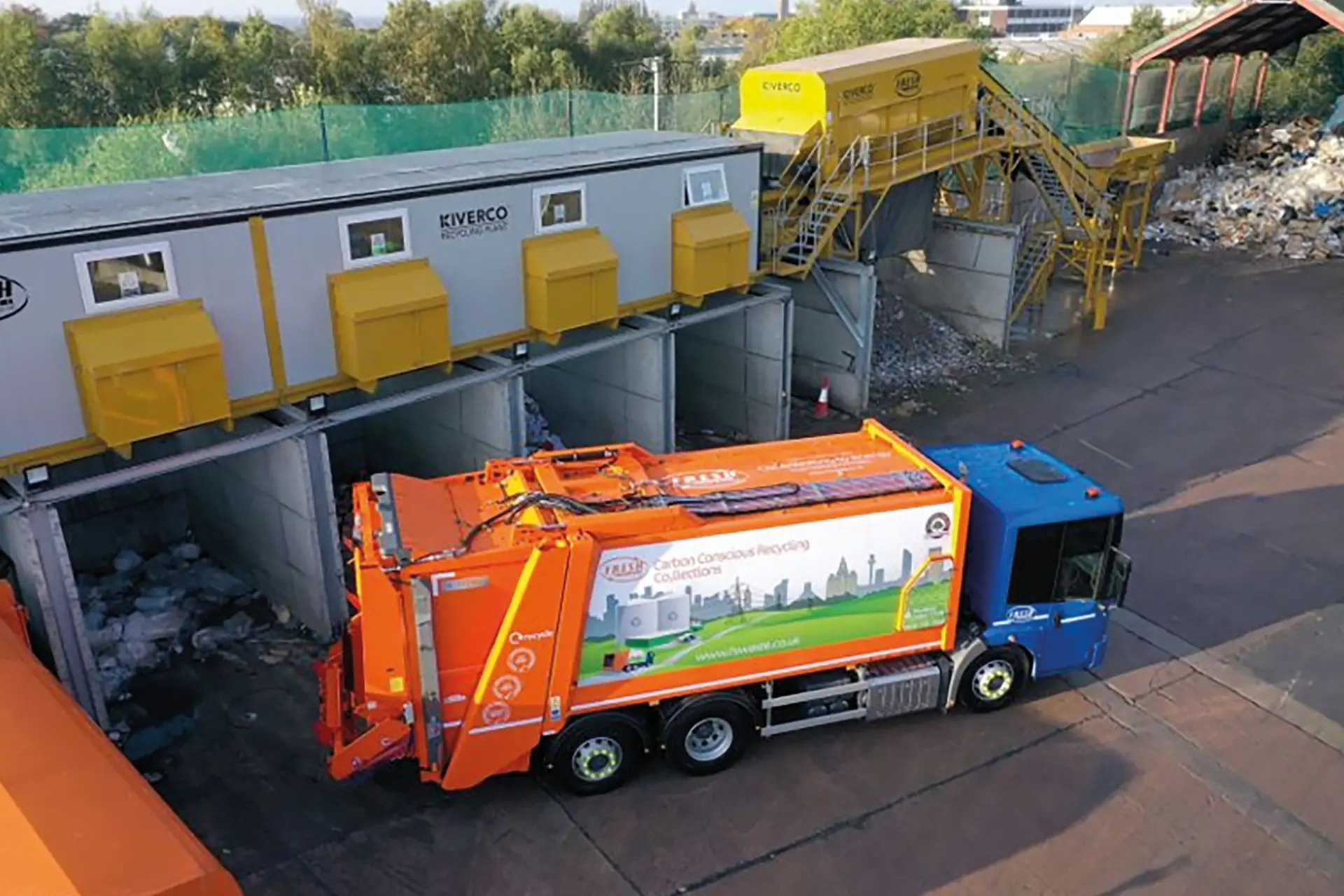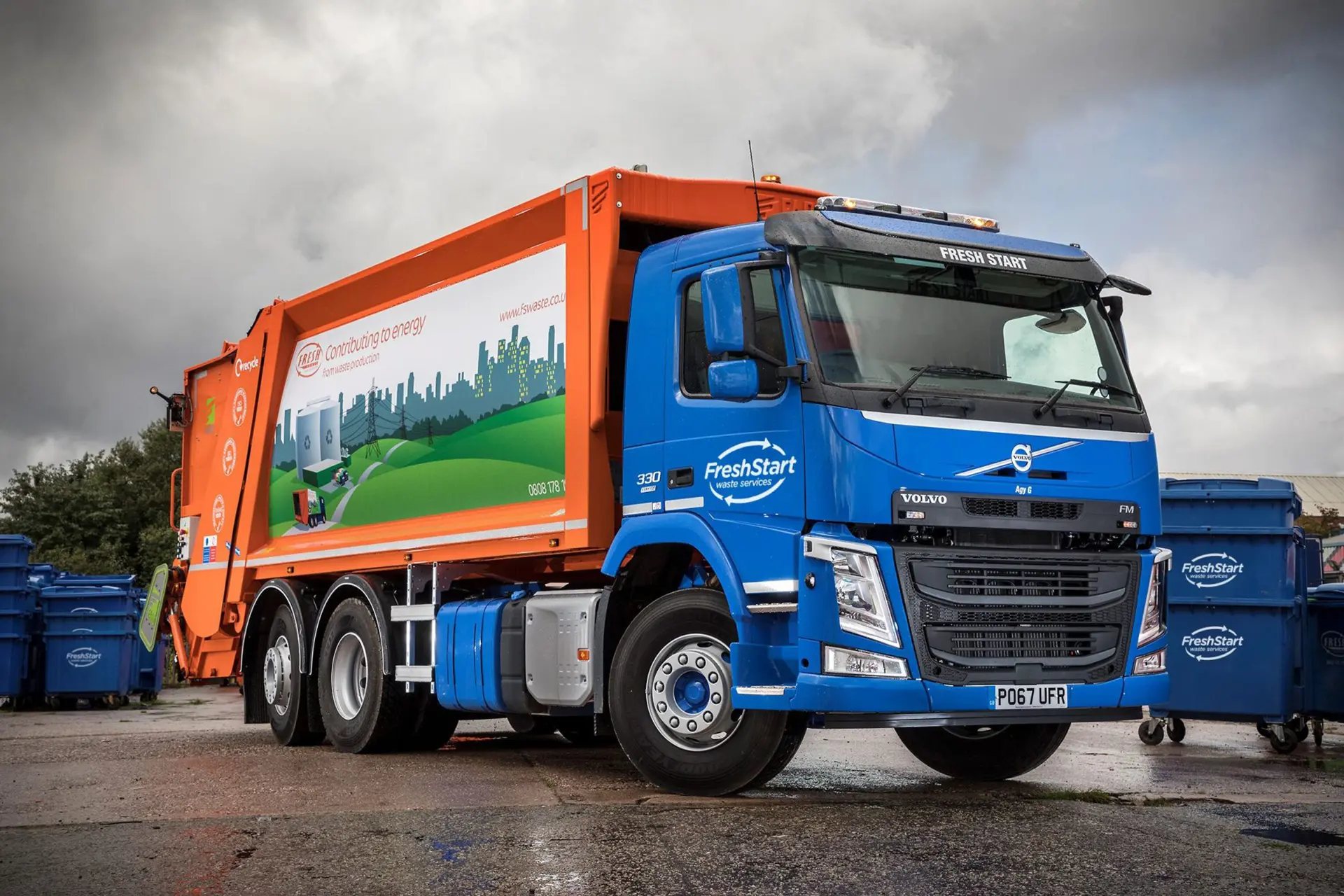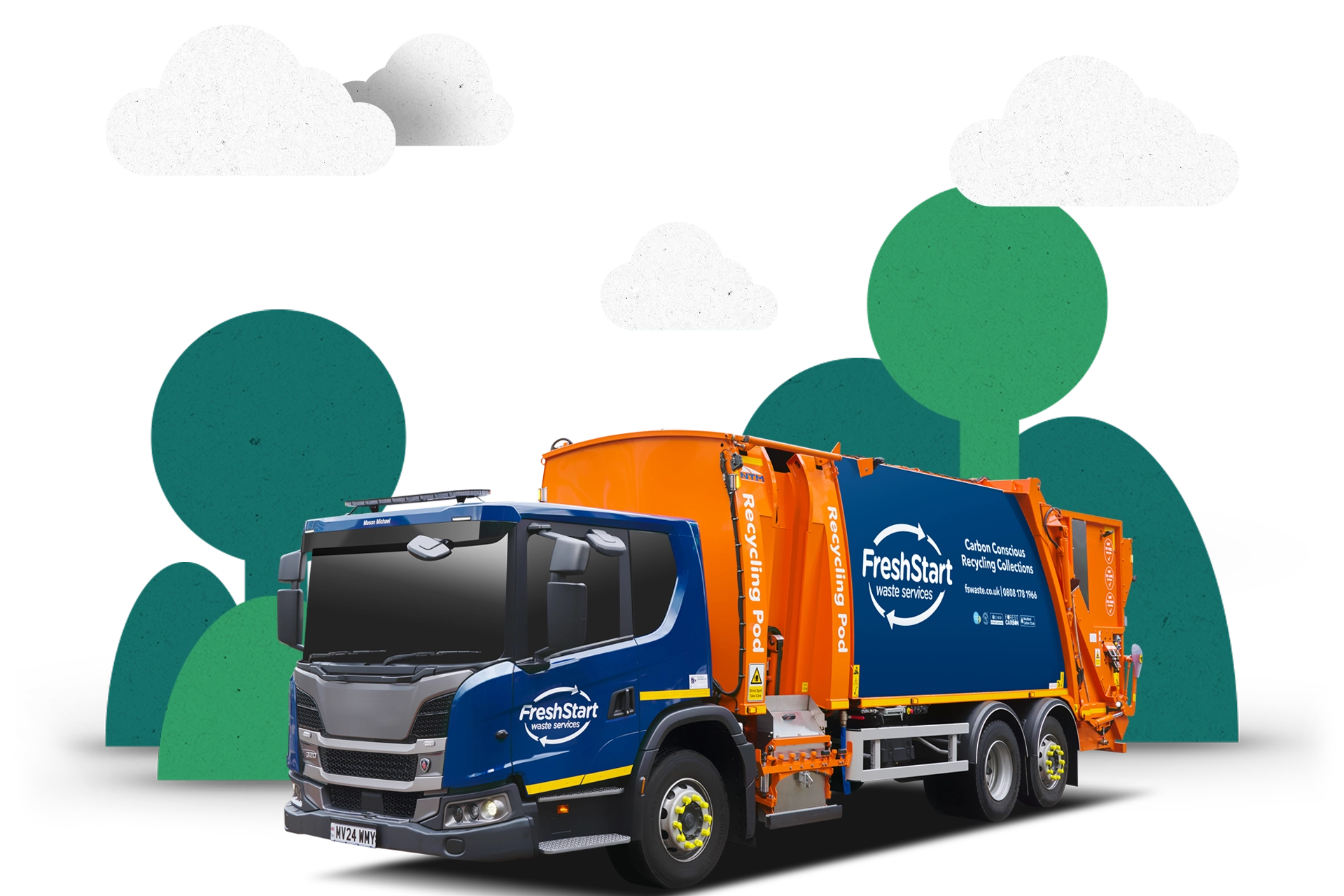While we provide a comprehensive wood collection service here at Fresh Start, we’re not ones to stand in the way of centuries-old traditions which involve burning it.
Guy Fawkes Night has been observed in Britain for more than 400 years, and while it only started to cast off its sectarian shackles around 150 years ago, it had become a firm favourite in the calendar by the early 20th Century.
Although the fireworks tend to hog all the headlines, the highlight of any Bonfire Night is the bonfire itself. It’s the focal point of the evening, whether in your back garden or at a wider community event, and we’ll help you build a safe but spectacular one.
Bonfire basics
As with fireworks, safety is absolutely paramount with a bonfire, so:
- Make sure your bonfire is a good distance from any sheds, trees or fences, as well as any telephone wires or power cables above.
- Keep the bonfire well away from any properties. Around five times the height of the bonfire is recommended.
- Don’t use petrol to accelerate the fire as it can spread out of control very quickly or even cause explosions.
- Always make sure you have a bucket of water to hand.
- Never leave a bonfire unattended. At the end of the night, make sure you pour plenty of water over it to ensure that no embers can reignite.
- Avoid burning wet or damp materials. These can cause huge billows of choking smoke to be given off.
With the last point in mind, the weather in the UK isn’t always at its best on November 5th, so try to build your bonfire as late as possible. This is also a bonus for wildlife, too, as everything from bugs to hedgehogs will make it their home inside it if it’s in place too early.


